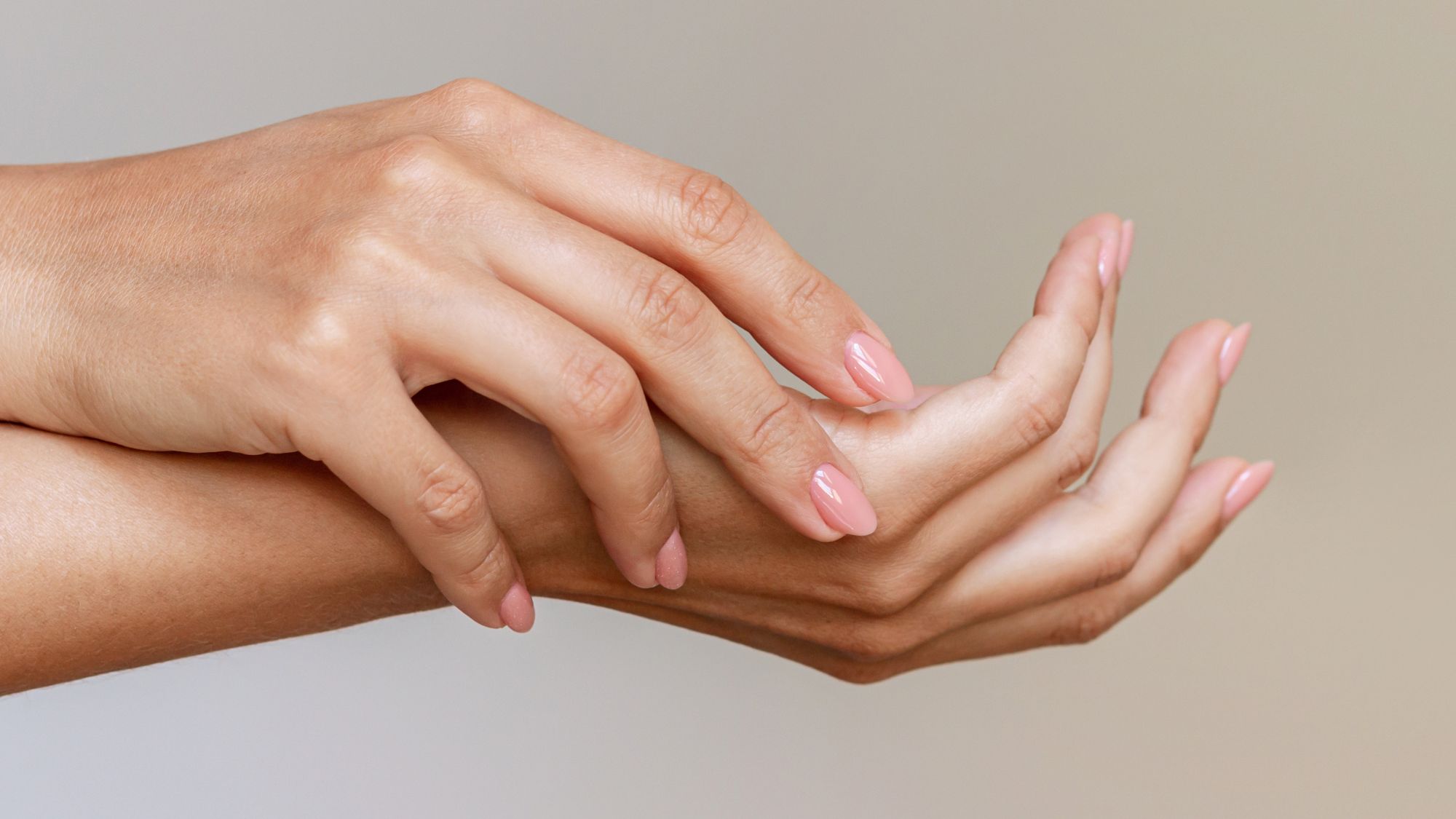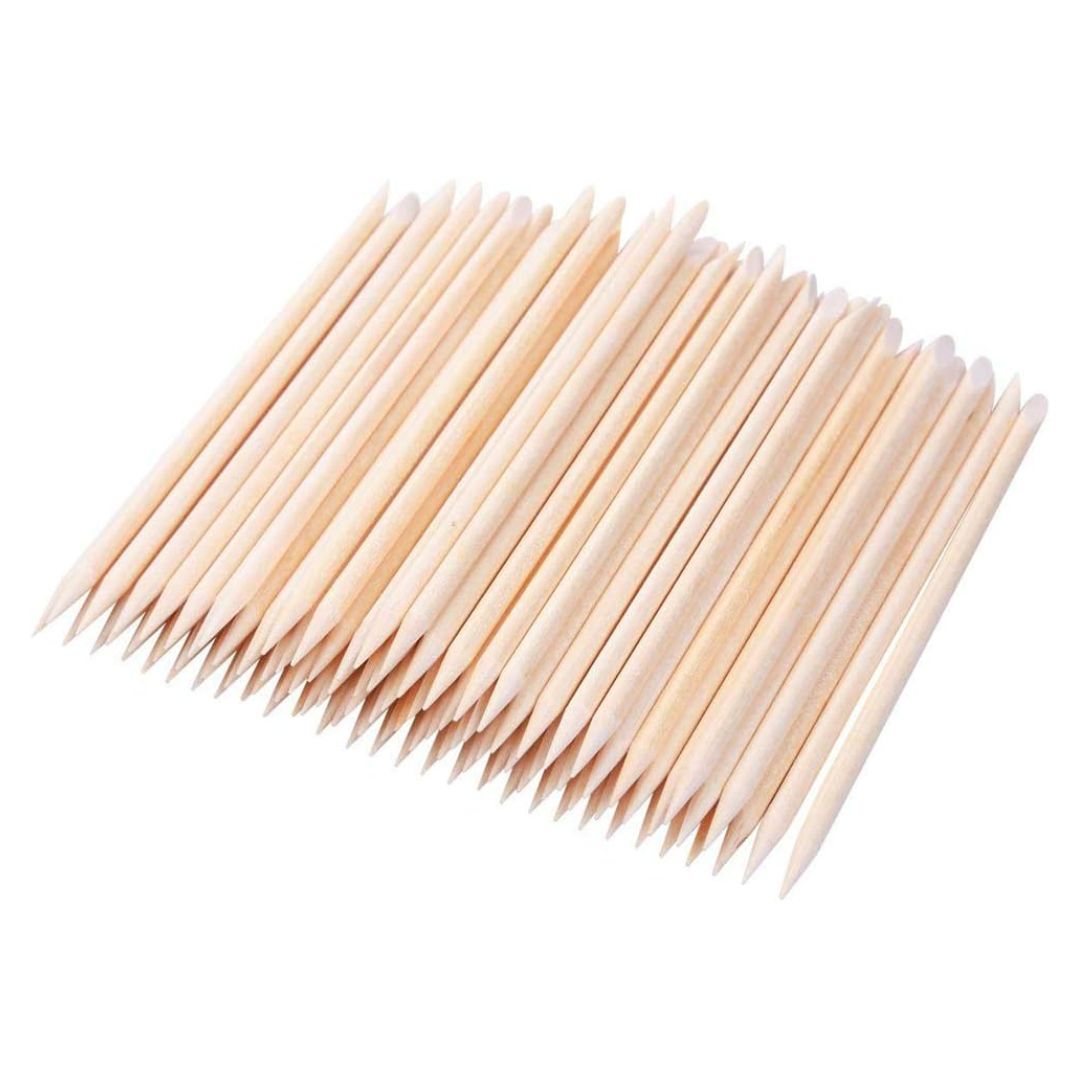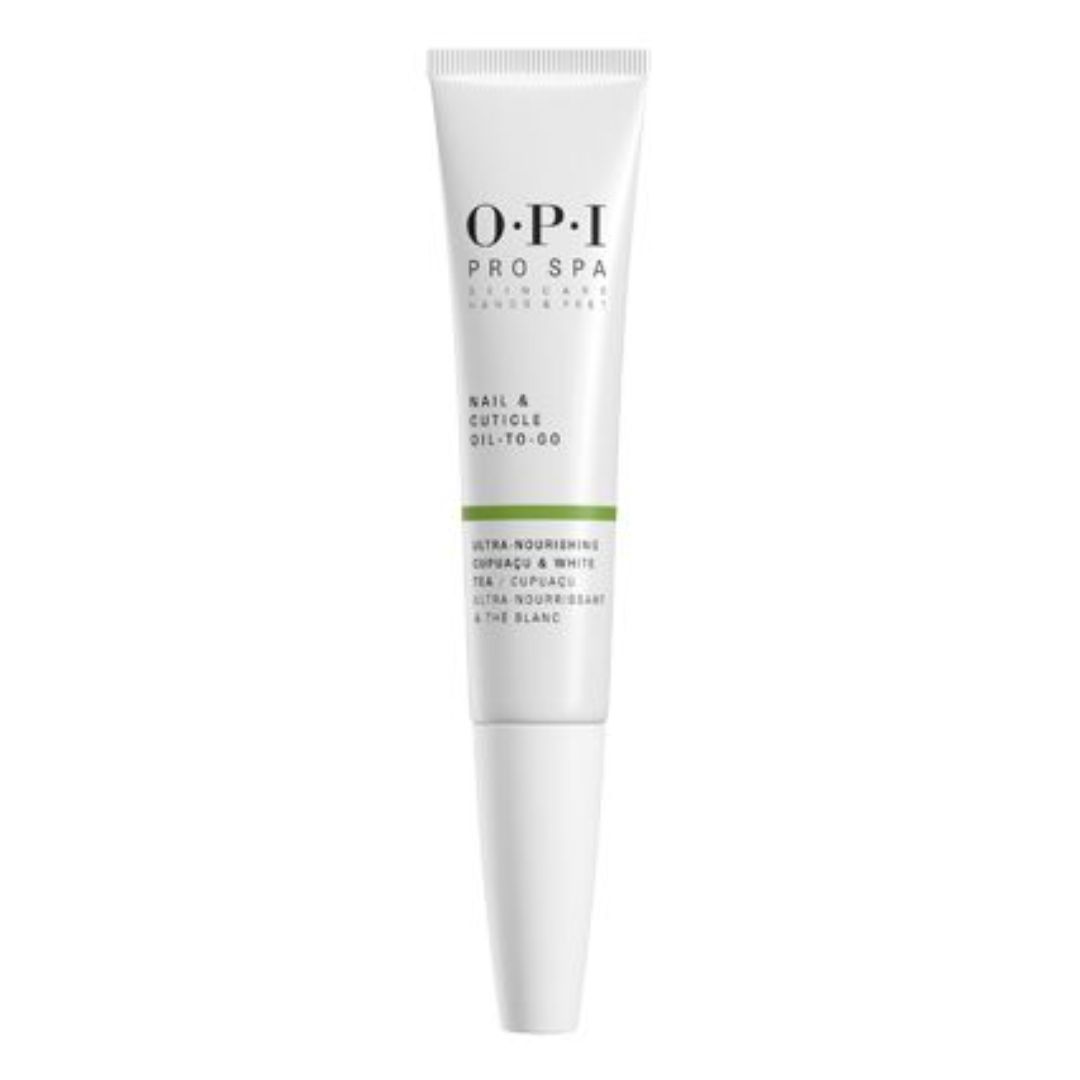You're probably removing your cuticles incorrectly—these 4 easy steps will up your mani game tenfold
Your guide to all things cuticles

I'm obsessed with cuticles (or our lack of them). One scroll of the most beautiful nail trends on your Instagram feed and you won't see a dry cuticle or hangnail in sight. (And there are some seriously pretty spring nail designs doing the rounds right now.)
Thanks to the rise in trends like the Russian manicure, there's been an increase in wanting to completely remove the cuticle (though, the cuticle isn't actually what you think it is, but more on that later). However, this skin serves a purpose and protects us from infection. While I completely understand the want for your nails to look as polished as possible, cuticles require care.
As a beauty editor and qualified nail tech, I'm often preaching the importance of correct cuticle care, which is exactly what I'm going to do here. This is everything you need to know about how to effectively and safely remove your cuticles.
What are cuticles?
The cuticle is an essential part of your nail anatomy, it protects against bacteria, which can cause infection, which is why removal must be done with care.
The cuticle is skin that has grown on top of the nail plate. This means if painting the base of the nail, you'd be painting over that skin. This is the part you can carefully remove.
The proximal fold of the eponychium, however, is the thicker skin that lines each nail, which is often what people refer to as the cuticle.
An easy way to think of it is: if the skin is still attached to your finger then it's cuticle and isn't recommended for removal. But if the skin is stuck to the nail plate (and therefore dead) then it can be removed as it could inhibit manicure quality. Cuticle on the nail plate is likely going to be white in colour.
Celebrity news, beauty, fashion advice, and fascinating features, delivered straight to your inbox!
When we say we're pushing back out cuticles, what we really mean is pushing back the eponychium to reveal the cuticle left on the nail plate.
As mentioned before, the eponychium is really crucial to a healthy nail so keeping it intact is important. If you think it looks messy or unkept, then regular use of a cuticle oil (CND Solar Oil is my go-to) helps massively.
If you are going to go ahead and get your eponychium removed anyway, I strongly recommend you go to a sanitary salon who specialises in Russian or Ukrainian manicures. Doing it yourself is likely to cause injury and going to a salon that doesn't adhere to strict sanitary practices risks infection.
How to care for cuticles
The tools you need for cuticle removal:

Orange wood sticks are the best for pushing back the cuticles because they get the job done well without causing any damage to your nail plate, which tougher metal cuticle pushers can. They're also great for cleaning under the free edge of the nail and can even be used for DIY nail art.

The most important product when it comes to cuticle care is cuticle oil. The more you apply oil, the less you'll feel the need to remove the skin around your nails. Apply it twice daily and not only will your cuticles look better, but it'll help with overall nail condition and make your manicure last longer.
Step-by-step guide on cuticle removal
Step 1: Apply a cuticle softener
Although this is step one, it's not always necessary, but I find that if you're prone to hacking your cuticles off, this can be a great way to avoid the temptation. You simply apply and wait for it to do all of the hard work for you.
If you don't want to buy an extra product, you can soak your hands in water to soften the cuticles. However, don't do this soaking if you're planning on applying gels afterward as this can impact the effectiveness of the gels adhere and subsequently cause premature lifting.
Step 2: Gently push back to the cuticle
Using your orange wood stick, gently start to push back your eponychium to reveal your cuticle leftover on your nail plate. Once you've done that you can start by gently pushing and lifting off that cuticle off the nail plate; it should come off with ease without the need for any nippers.
Step 3: Use the nippers carefully
Now for the nippers. The key word in this step is carefully. The nippers are not to completely remove the eponychium, which is where you risk leaving your nail open and prone to infection, but instead of gently nipping off excess hangnails.
Hangnails refer to the loose, dry skin on either of the side walls of the nails. They're often caused by biting and picking of the nails, as well as drying practices like excessive hand washing and hand sanitiser.
To safely get rid of these pieces of skin, grip the skin you want to remove with the nippers and let go without tugging. You don't actually need to pull the nippers as you're pressing, this can cause unnecessary damage.
The less you need to use the nippers the better. If you go wild with nippers you can cause damage to the skin and bleeding can occur, which is definitely not the desired outcome here!
Regularly using cuticle oil to moisturise the area combats hangnails.
Step 4: Cuticle oil
The final step in practising good cuticle care is cuticle oil. You might think your nail tech is being annoying for hounding you about applying oil regularly but it's the number one way to improve both the condition and appearance of your nails.
The more consistent you are with oil, the less you'll need to worry about cleaning up your dry skin around your nails. You'll also be your nail tech's favourite so it's really a win win.
Tori is a freelance beauty journalist and contributor for Marie Claire. She has written for various titles, including Allure, Glamour, Elle, Refinery29, Brides, and more. Currently training to be a nail tech, Tori is a total nail enthusiast and always has time to talk all things nail art. When she’s not writing about beauty and testing products, Tori can be found walking her rescue dog Pip, drinking great coffee, and eating as many croissants as humanly possible.

